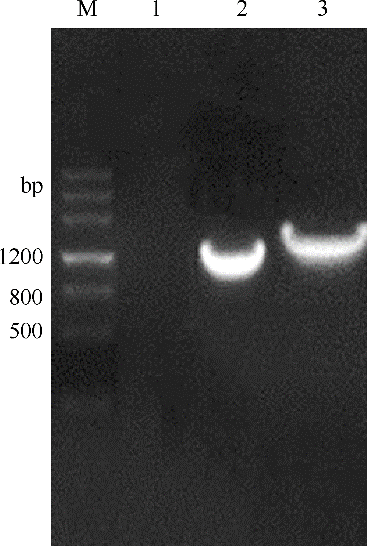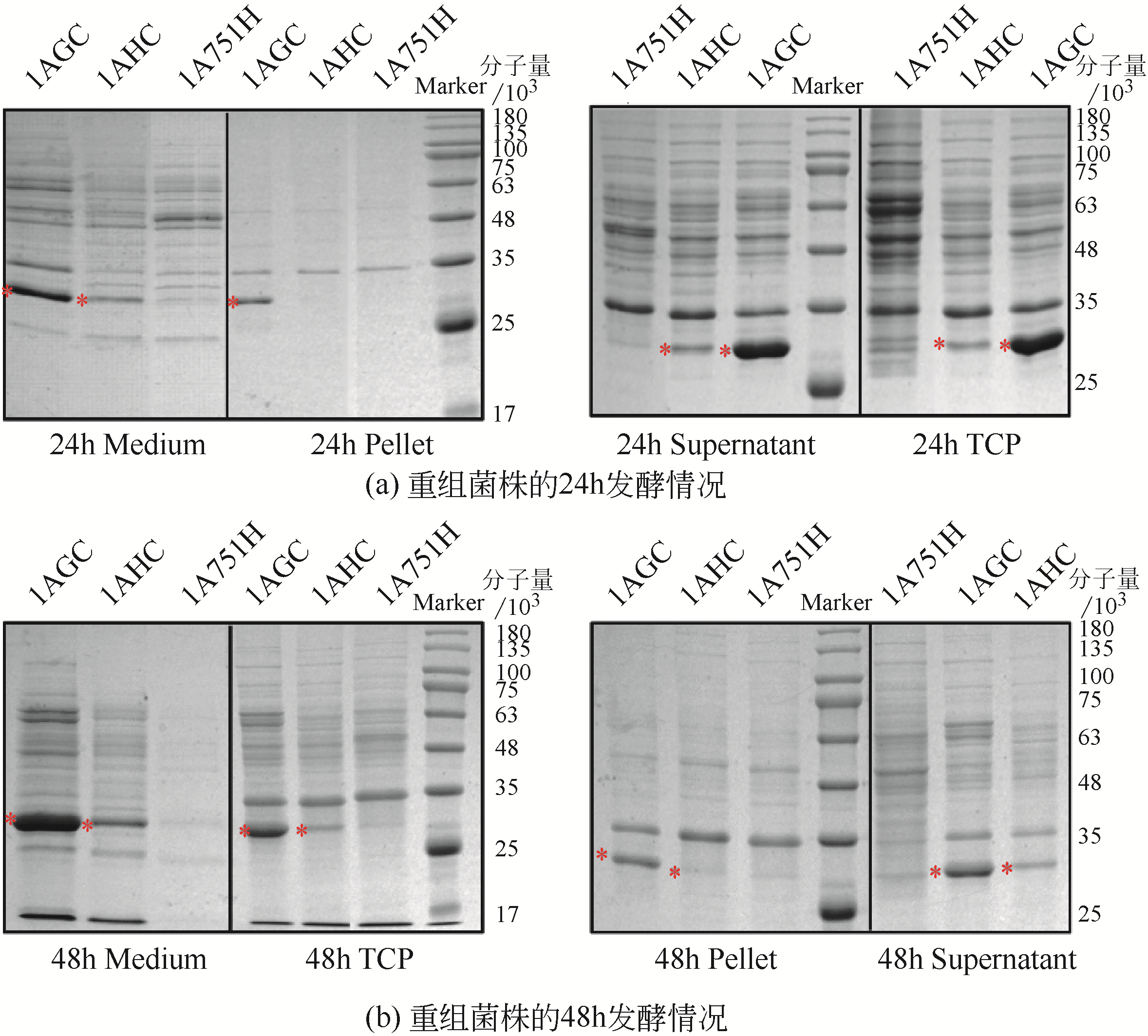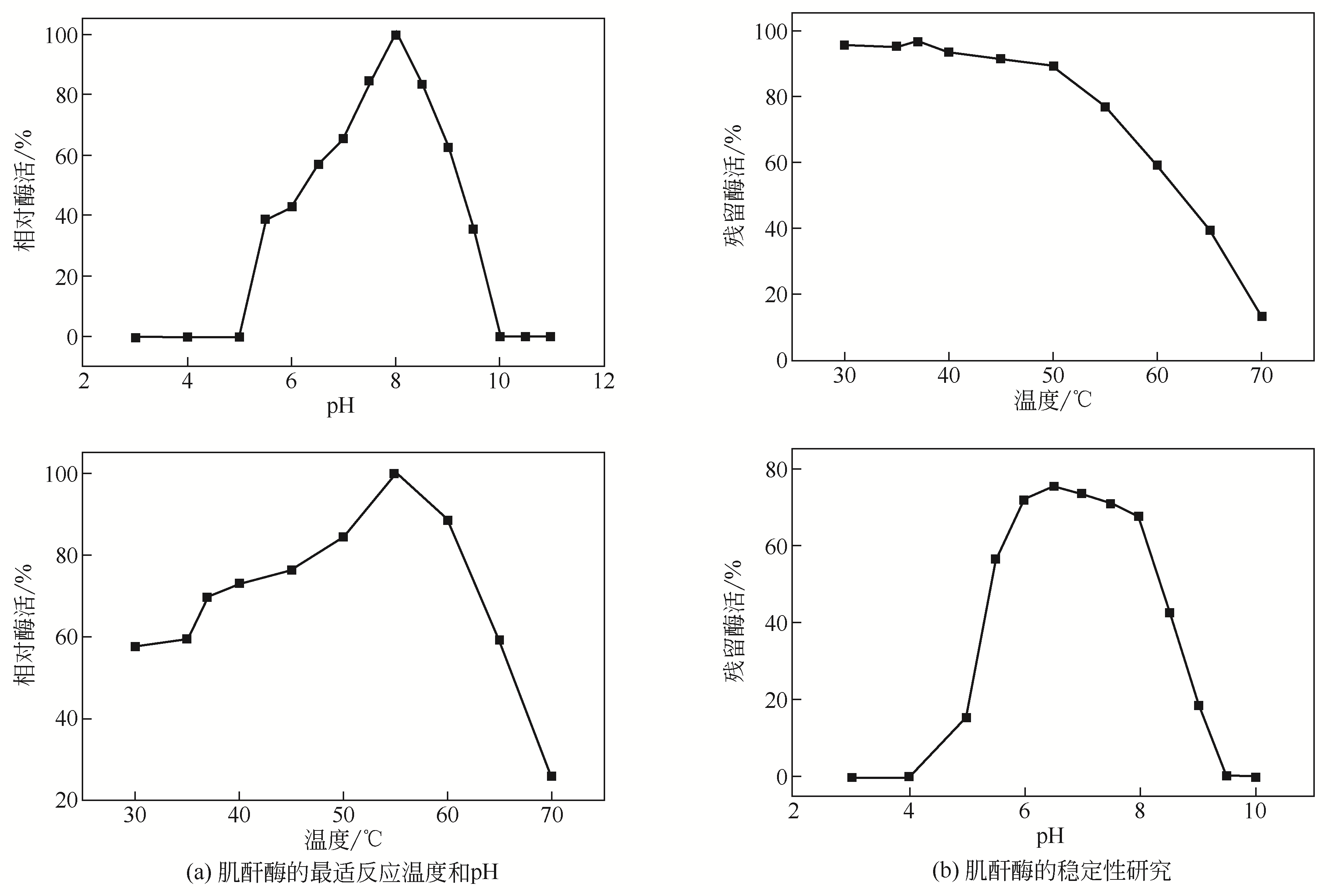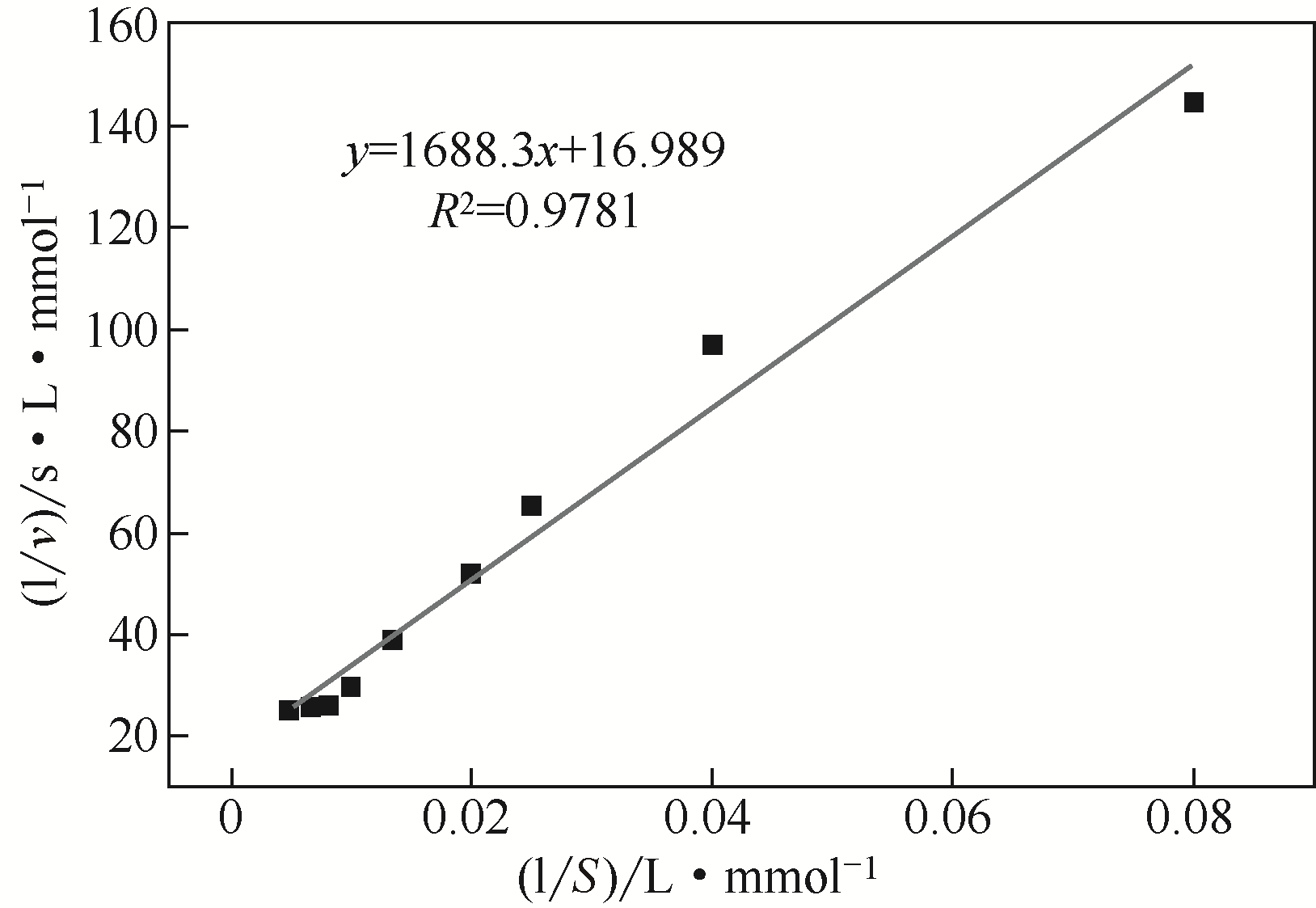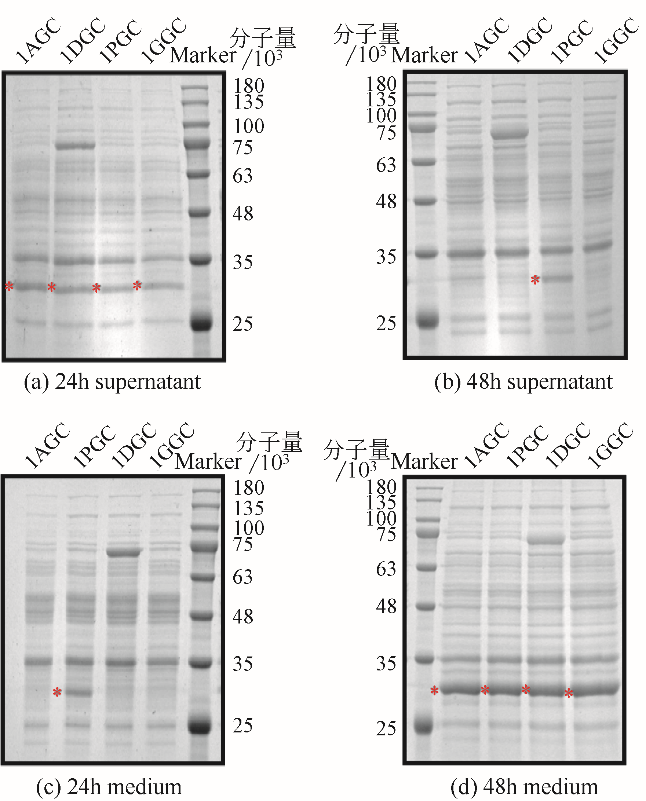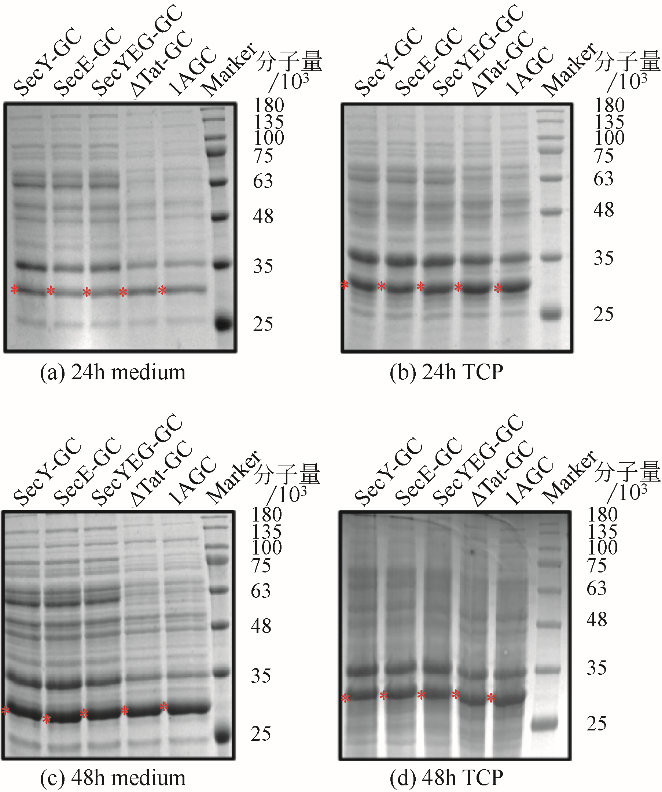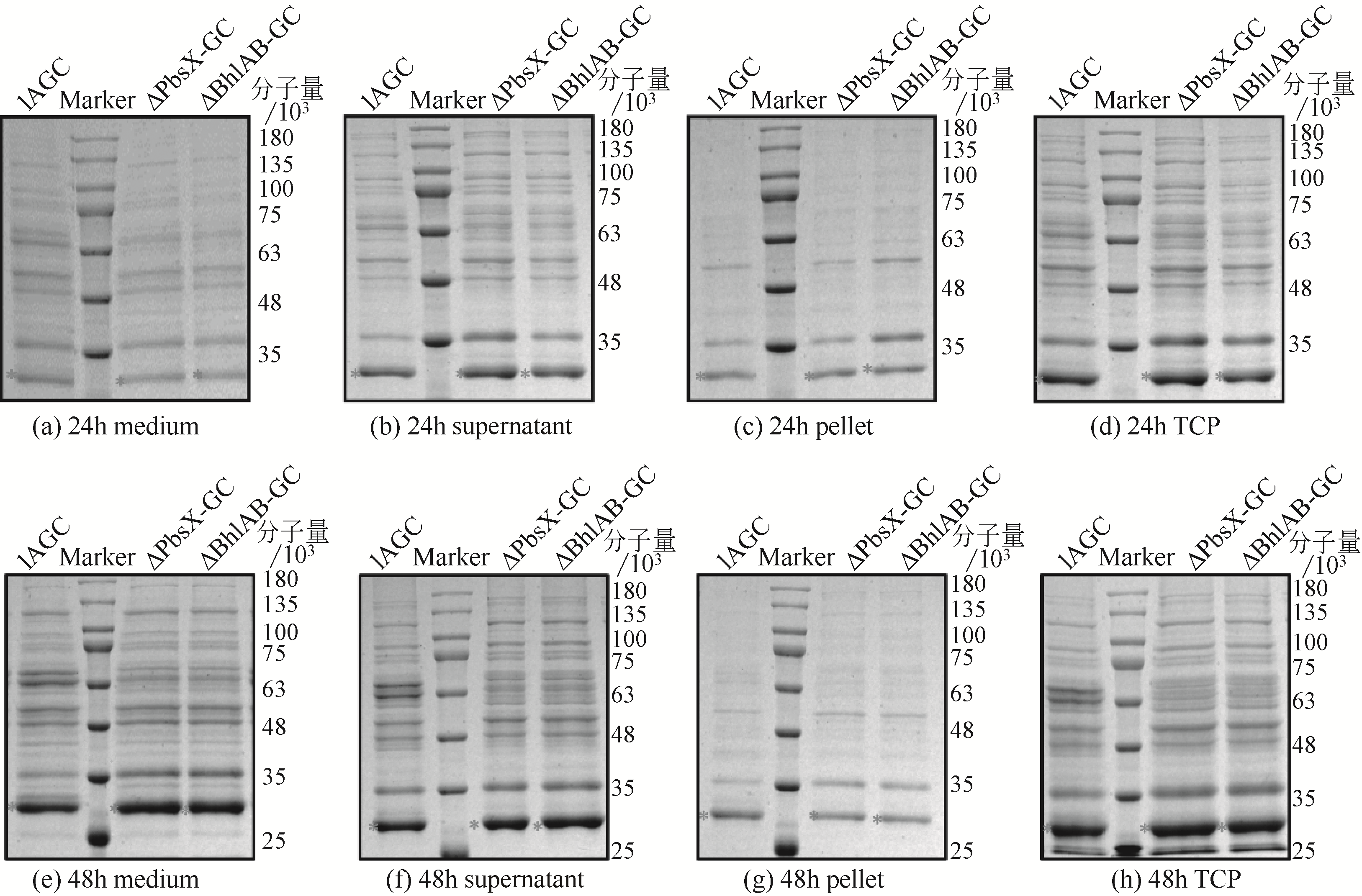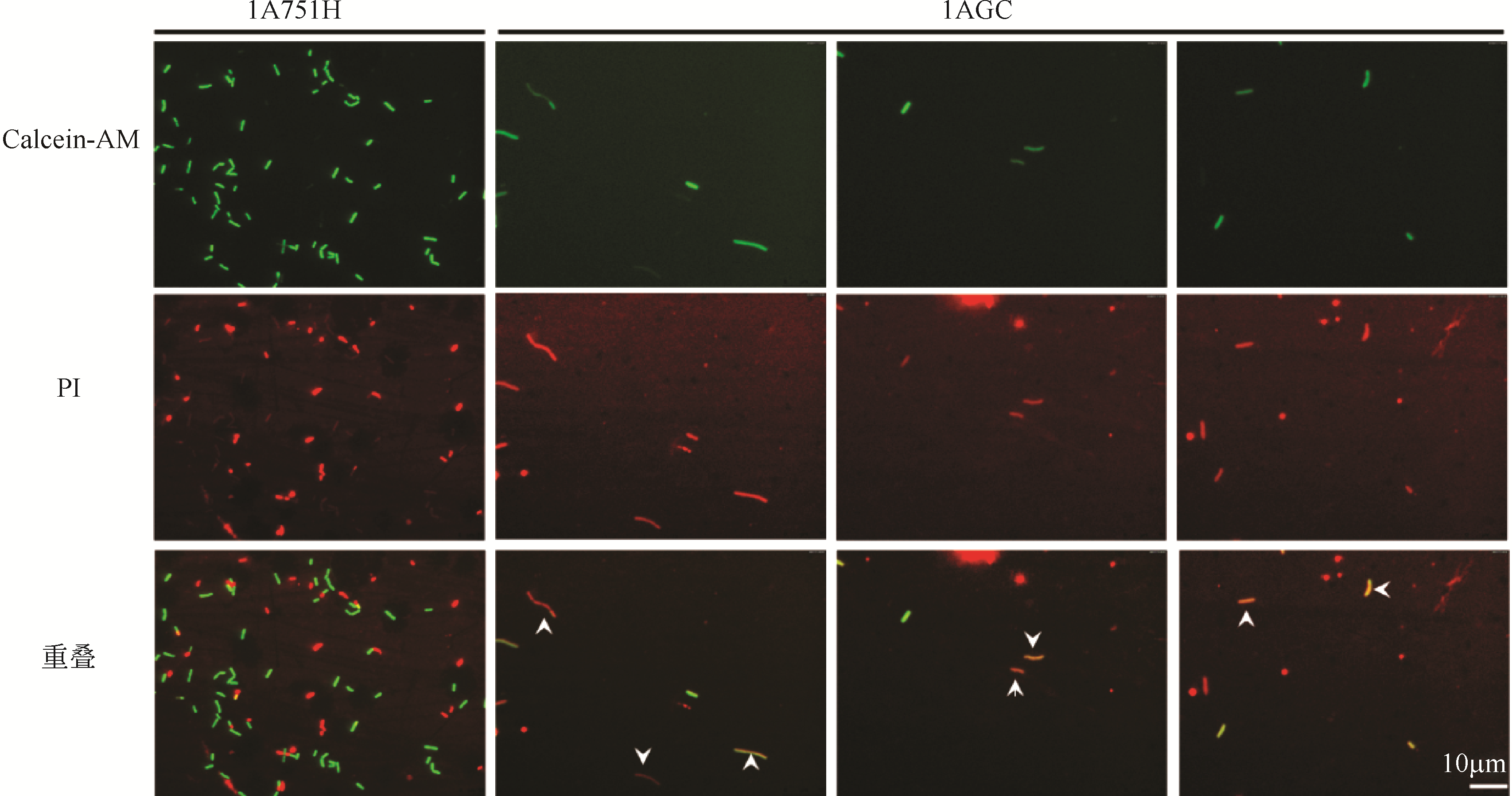| 1 |
候赣生, 林影, 梁书利. 恶臭假单胞杆菌肌酐酶在大肠杆菌中的表达及其酶学特性分析[J]. 现代食品科技, 2017, 33(9): 83-88.
|
|
HOU Gansheng, LIN Ying, LIANG Shuli. Expression of creatininase from Pseudomonas putida in Escherichia coli and its enzymatic characteristics analysis[J]. Modern Food Science and Technology, 2017, 33(9): 83-88.
|
| 2 |
杨波, 蒋芬, 朱艳, 等. 肌酐水解酶基因工程菌的构建及功能研究[J]. 中南医学科学杂志, 2016, 44(5): 494-498.
|
|
YANG Bo, JIANG Fen, ZHU Yan, et al. The construction of the creatininase gene engineering bacteria and function study[J]. Medical Science Journal of Central South China, 2016, 44(5): 494-498.
|
| 3 |
程新, 张彦新, 周桂凤, 等.产肌酐水解酶基因工程菌的构建[J]. 生物医学工程研究, 2009, 28(4): 299-302.
|
|
CHENG Xin, ZHANG Yanxin, ZHOU Guifeng, et al. Construction of gene engineering bacterium expressing creatinine hydrolase[J]. Journal of Biomedical Engineering Research, 2009, 28(4): 299-302.
|
| 4 |
INOUYE Y, MATSUDA Y, NAID T, et al. Purification and characterization of creatinine amidohydrolase of Alcaligenes origin[J]. Chemical and Pharmaceutical Bulletin, 1986, 34(5): 2155-2160.
|
| 5 |
YAMAMOTO K, OKA M, KIKUCHI T, et al. Cloning of the creatinine amidohydrolase gene from Pseudomonas sp. PS-7[J]. Bioscience Biotechnology and Biochemistry, 1995, 59(7): 1331-1332.
|
| 6 |
TANG T Y, WEN C J, LIU W H. Expression of the creatininase gene from Pseudomonas putida RS65 in Escherichia coli[J]. Journal of Industrial Microbiology and Biotechnology, 2000, 24(1): 2-6.
|
| 7 |
张大伟, 康倩. 枯草芽胞杆菌蛋白质表达分泌系统发展及展望[J]. 微生物学杂志, 2019, 39(1): 1-10.
|
|
ZHANG Dawei, KANG Qian. Development and prospect of protein expression and secretion systems in Bacillus subtilis[J]. Journal of Microbiology, 2019, 39(1): 1-10.
|
| 8 |
TJALSMA H, ANTELMANN H, JONGBLOED J D, et al. Proteomics of protein secretion by Bacillus subtilis: separating the “secrets” of the secretome[J]. Microbiology and Molecular Biology Reviews, 2004, 68(2): 207-233.
|
| 9 |
CHEN Jingqi, FU Gang, GAI Yuanming, et al. Combinatorial Sec pathway analysis for improved heterologous protein secretion in Bacillus subtilis: identification of bottlenecks by systematic gene overexpression[J]. Microbial Cell Factories, 2015, 14(1): 92.
|
| 10 |
LI D, FU G, TU R, et al. High-efficiency expression and secretion of human FGF21 in Bacillus subtilis by intercalation of a mini-cistron cassette and combinatorial optimization of cell regulatory components[J]. Microbial Cell Factories, 2019, 18(1): 17.
|
| 11 |
WANG Yanhong, MA Ranjing, BAN Rui, et al. Improvement of uridine production in Bacillus subtilis by metabolic engineering[J]. Biotechnology Letters, 2018, 40(1): 151-155.
|
| 12 |
BRETZ K, LLIJEVIC S, BECKER U, et al. Biomass recycling from a riboflavin cultivation with B. subtilis: lysis, extract production and testing as substrate in riboflavin cultivation[J]. Biotechnology Bioengineer, 2006, 95(6): 1023-1031.
|
| 13 |
陈景奇. α-淀粉酶的异源表达、调控元件优化和分泌瓶颈鉴定[D]. 天津: 天津大学, 2015.
|
|
CHEN Jingqi. The heterologous expression of α-amylase, regulatory element optimization and identification of secretion bottleneck[D]. Tianjin: Tianjin University, 2015.
|
| 14 |
袁康秀, 袁玉坤, 史林飞, 等. 双乙酰-肌酸-CTMAB体系共振光散射法测定尿中痕量α-萘酚[J]. 应用化工, 2011, 40(6): 1106-1108.
|
|
YUAN Kangxiu, YUAN Yukun, SHI Linfei, et al. Determination of trace α-naphthol in urine based on diacetyl-creatine-CTMAB system by resonance light scattering method[J]. Applied Chemical Industry, 2011, 40(6): 1106-1108.
|
| 15 |
BRADFORD M M. A rapid and sensitive method for the quantitation of microgram quantities of protein utilizing the principle of protein-dye binding[J]. Analytical Biochemistry, 1976, 72(1): 248-254.
|
| 16 |
GAO W, YIN J, BAO L, et al. Engineering extracellular expression systems in Escherichia coli based on transcriptome analysis and cell growth state[J]. ACS Synthetic Biology, 2018, 7(5): 1291-1302.
|
| 17 |
YUE J, FU G, ZHANG D, et al. A new maltose-inducible high-performance heterologous expression system in Bacillus subtilis[J]. Biotechnology Letters, 2017, 39(8): 1237-1244.
|
| 18 |
韩平, 盖园明, 张大伟,等. hTNFRI在大肠杆菌中可溶性表达及纯化[J]. 生物技术进展, 2018, 8(3): 246-253.
|
|
HAN Ping, GAI Yuanming, ZHANG Dawei, et al. Soluble expression and purification of hTNFR1 in Escherichia coli[J]. Current Biotechnology, 2018, 8(3): 246-253.
|
 ),Gang FU2,Jianping WEN1,Dawei ZHANG2,3(
),Gang FU2,Jianping WEN1,Dawei ZHANG2,3( )
)
